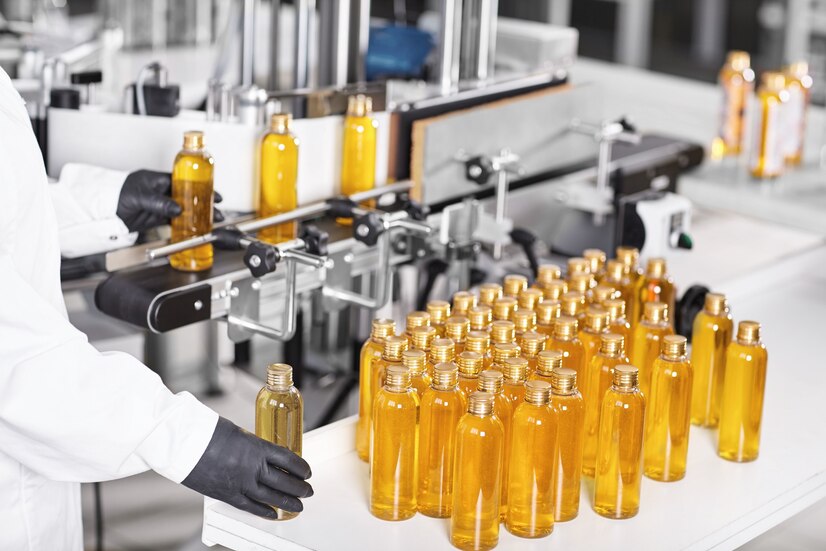Low-pressure die casting (LPDC), a remarkable metalworking process, stands out for its unique approach. Unlike its high-pressure counterpart, LPDC utilizes a gentler force to fill the mold cavity, making it particularly well-suited for intricate shapes and specific applications. Let’s delve into the world of LPDC, exploring its core principles, advantages, and ideal scenarios for its use.
The Essence of Low Pressure:
LPDC builds upon the fundamental principles of die casting. Here’s a breakdown of the key stages involved:
Mold Preparation:
The heart of LPDC lies in the mold itself. Similar to high-pressure die casting (HPDC), a robust steel mold, typically consisting of two halves, is meticulously crafted to define the final shape of the cast part. The mold cavity is precisely machined by a mold manufacturer China and the surfaces are often treated with special coatings to ensure smooth part ejection and a good surface finish.
Molten Metal Preparation:
The chosen metal alloy, often aluminum and alloys with lower melting points like magnesium, is melted in a furnace at a precisely controlled temperature. Maintaining the correct temperature is crucial for optimal fluidity and successful casting.
Transfer and Pressurization:
The molten metal of die casting China is transferred from the furnace to a holding chamber or crucible positioned below the mold. An inert gas, typically nitrogen, is introduced into the crucible, creating low pressure that gently pushes the metal upwards into the mold cavity through a narrow opening. Imagine a gentle push compared to the forceful injection of HPDC.
Solidification:
Once the cavity is filled, the metal solidifies within the mold under the maintained low pressure.
Mold Opening and Ejection:
After sufficient solidification, the mold opens, and ejector pins strategically placed within the mold push the cast part out.
Trimming and Finishing:
The ejected part might still have a thin remnant of metal attached, stemming from the sprue and runner system that delivered the molten metal. This excess material is typically trimmed off using secondary processes. Depending on the application, the part might undergo additional finishing steps like deburring (removing sharp edges), machining for tighter tolerances, or surface treatments (painting, plating).
Advantages of Low-Pressure Die Casting:
Suitable for Complex Parts: The lower pressure filling process of LPDC is gentler on the mold, making it ideal for casting intricate shapes with thin walls or tight tolerances. Parts with cores (internal features) can also be more readily produced using LPDC.
Reduced Porosity: The slower filling process allows for better air escape, minimizing porosity (air pockets) within the cast part. This can be beneficial for applications requiring pressure tightness or high structural integrity.
Lower Turbulence: The gentle filling process minimizes turbulence within the molten metal, leading to a more uniform grain structure and potentially improved mechanical properties.
Fewer Inclusions: The lower turbulence also reduces the chance of impurities or oxides getting entrapped within the cast part, enhancing its overall quality.
Cost-Effective for Smaller Batches: LPDC molds can be simpler to manufacture compared to HPDC molds due to the lower pressure requirements. This can make LPDC a more cost-effective option for smaller production runs.
Applications of Low-Pressure Die Casting:
Due to its unique characteristics, LPDC finds applications in various industries where complex shapes, good surface quality, and pressure tightness are crucial:
Automotive Components: Engine parts like crankcases, transmission housings, and intricate engine blocks can be produced using LPDC.
Aerospace Components: LPDC is suitable for casting lightweight and high-integrity parts for aircraft, such as landing gear components or structural elements.
Medical Devices: Certain medical implants or instrument housings requiring intricate shapes and pressure tightness can benefit from LPDC.
Consumer Electronics: Complex housings for electronic components can be cast using LPDC, especially when good surface quality and minimal porosity are desired.
Conclusion:
Low-pressure die casting offers a valuable alternative within the die casting world. Its gentle approach to filling the mold cavity makes it ideal for intricate shapes, pressure-tight components, and applications where minimizing porosity is critical. While LPDC might not match the high production rates of HPDC, its cost-effectiveness for smaller batches and suitability for complex geometries make it a compelling choice for various industries. As advancements in mold-making technology and process control continue, we can expect LPDC to play an even greater role in shaping the future of metal parts.
Also Read:-
- Fun Things To Do In Anaheim
- Fun Things To Do In Cocoa Beach
- Top 9 Best Travel Backpacks For Women In 2024

